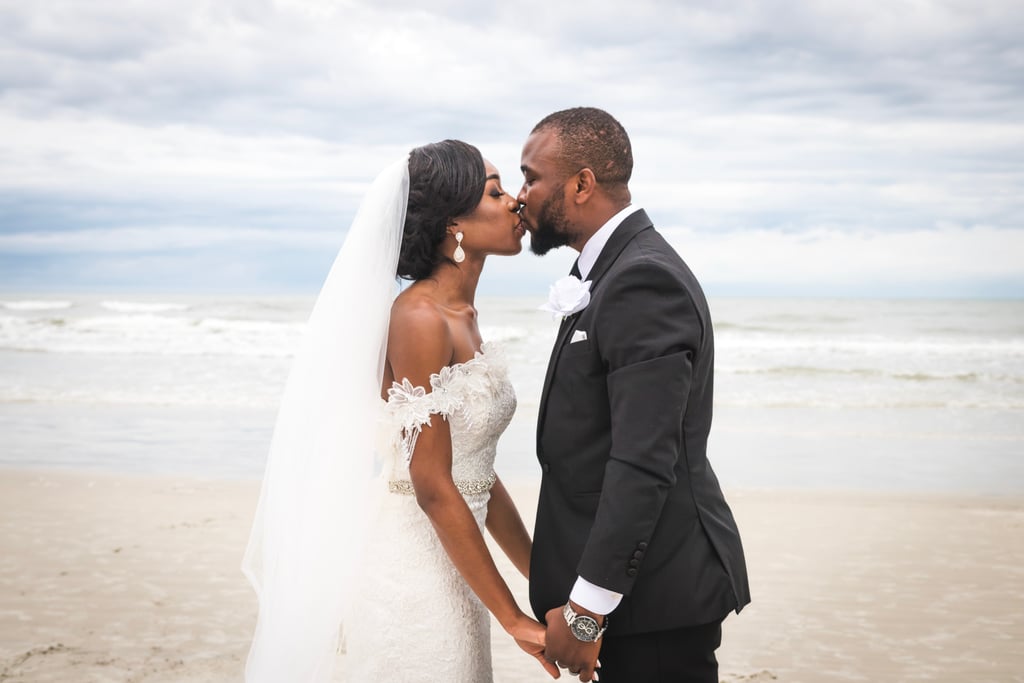The Meaning Behind 10 of the Most Common Wedding Traditions
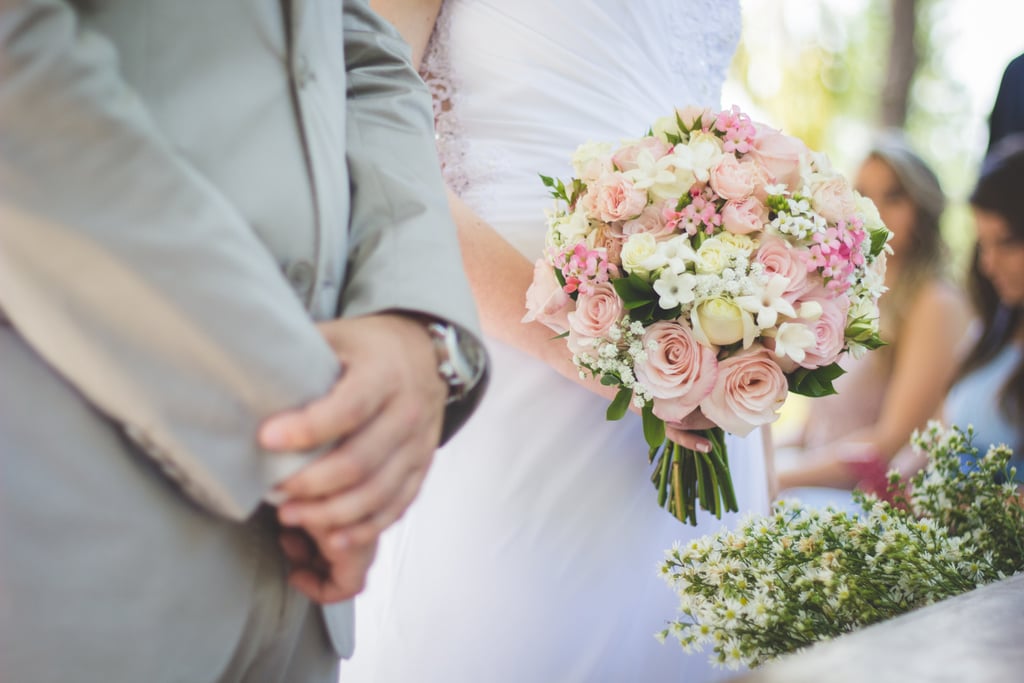
Now that lockdowns have lifted, wedding season is in full swing, and couples from all over the UK are busy planning their big days with renewed enthusiasm. In fact, experts now estimate there are over a half-million couples planning to marry in the 2021-22 wedding season, which means we can expect to see a wide range of events — from lavish blowouts to sweet and simple micro weddings.
While some couples are opting for more modern touches (think digital invitations, registry nuptials, and nonwhite dresses), others are happily grasping on tightly to tradition. "I know it might sound a little antiquated, but I want the fairy tale," Rachel, a 35-year-old bride-to-be from London, told POPSUGAR. "Give me the big white dress, the first dance, and my father is walking me down the aisle," While this all sounds pretty standard, how many of us have ever stopped to wonder where exactly these traditions came from, and if we knew their origins, would we still want to participate in them? You're about to find out.
We have done some digging and discovered the original role of the best man and the real reasons brides wear a veil. Ahead, we share some of the romantic and not-so-romantic origins of 10 wedding traditions. Warning: you may never look at your bouquet the same way again.
Bridesmaids: The Original "Squad"
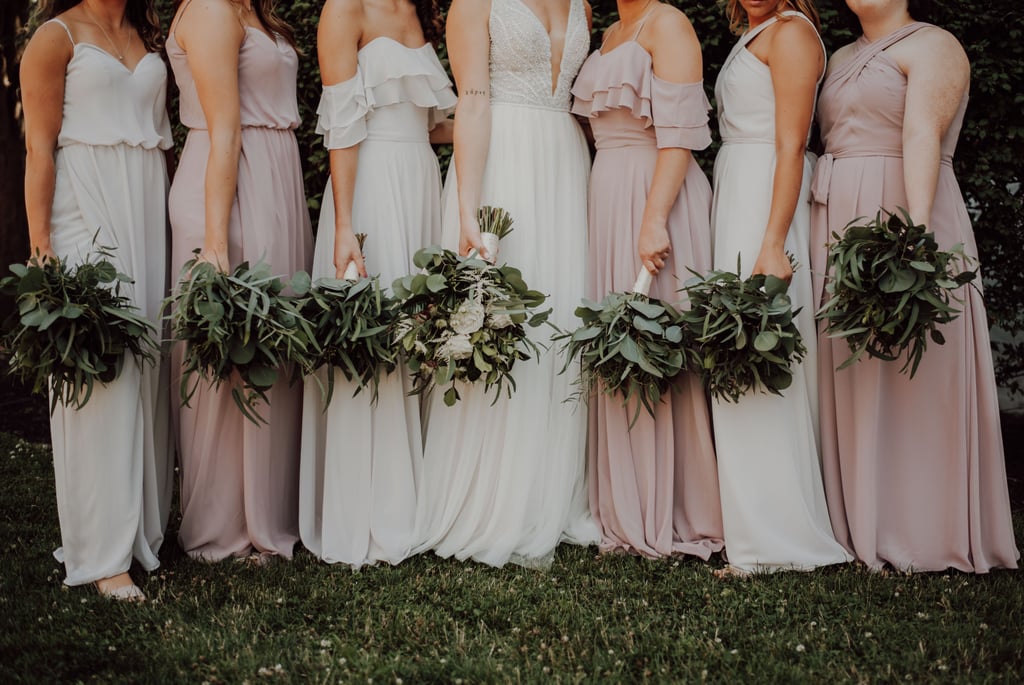
The Best Man: The Original Bodyguard

The White Dress: Fit for a Queen
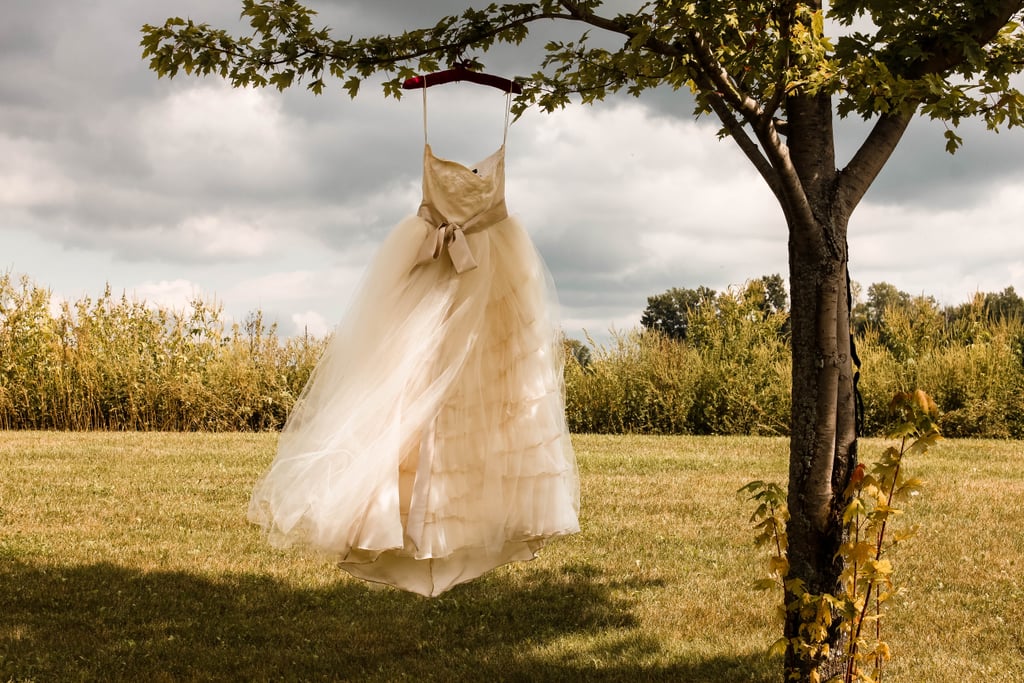
The Garter: The Ultimate PDA Display

The Bouquet: A Natural Deodorant
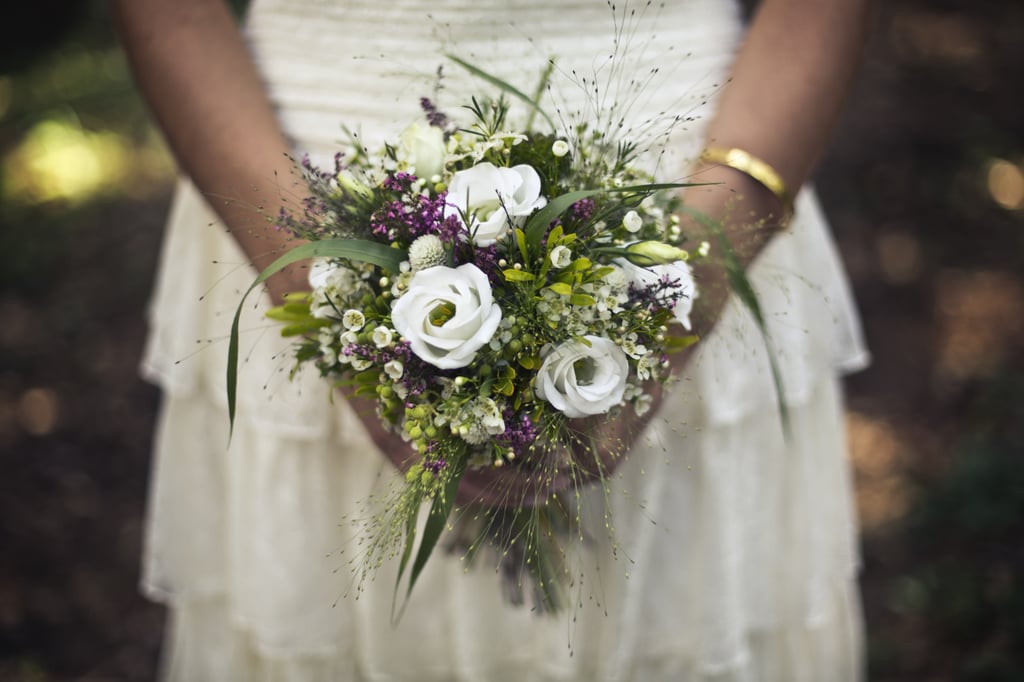
The Veil: Warding Off Evil Spirits

The Stag Do: From Dinner to Debauchery (to Something In-between)

The Wedding Cake: The Key to Fertility
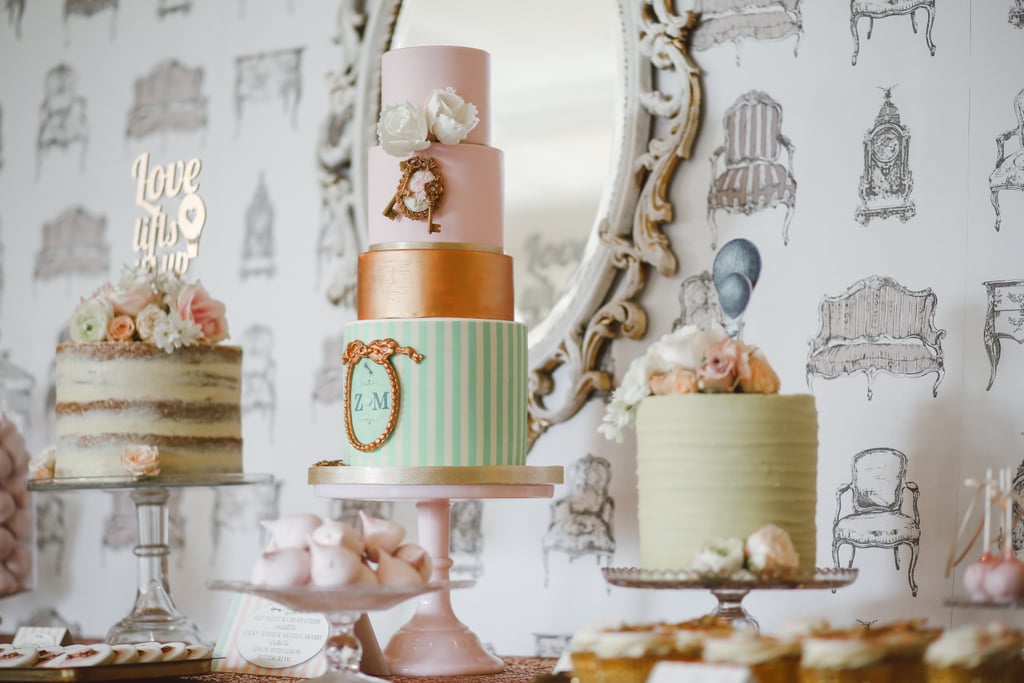
The Kiss: A Legally Binding Contract
